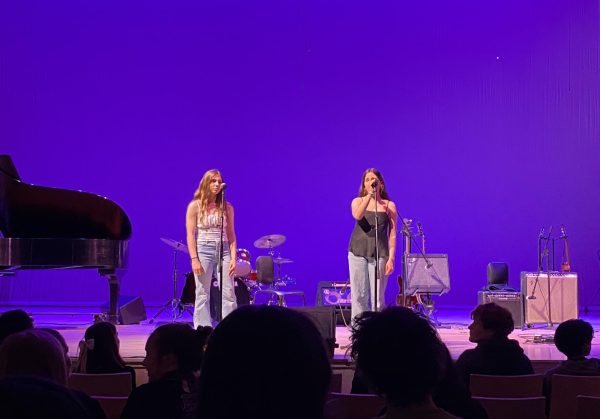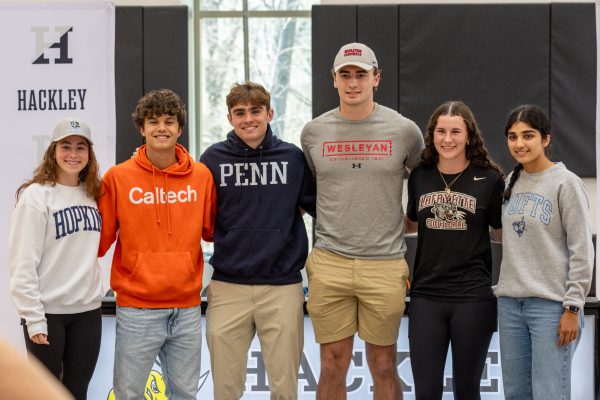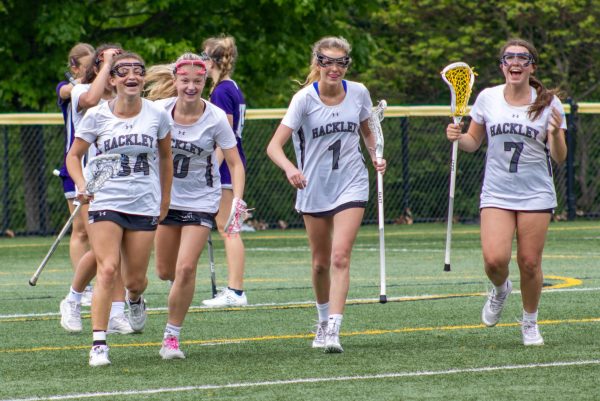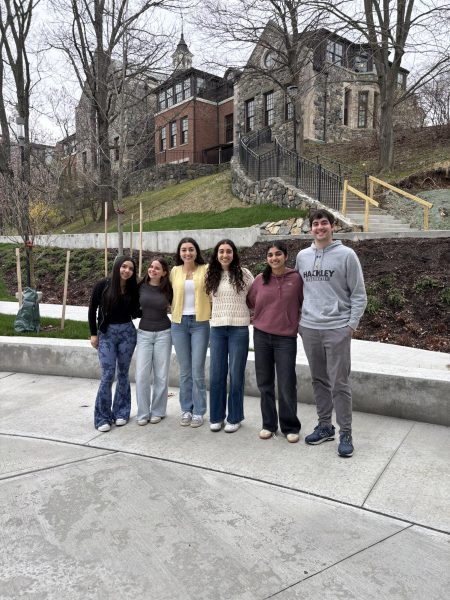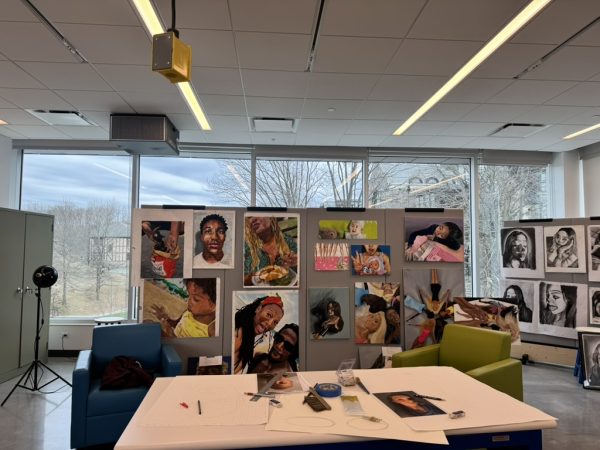Pulling the Plug
One Teacher’s Quest to Gravitate Away from Technology in the Classroom
Technology, a staple in everyone’s life, has been increasingly invading classrooms for the past couple of years. Google Scholar, iMessage, Wordle, Instagram, and more are readily available at students’ fingertips. There is no real way for teachers to monitor internet activity during the class period. Due to this, teachers have started to gravitate towards a more tech-free environment in the classroom. One prime example, who embraces the new environment is Mr. Knopf, Hackley’s new History teacher.
Mr. Knopf explained that he tries to find the “optimal balance” in his classroom and described technology as a “double-edged sword.”
It makes accessing resources easier and faster, allows students to collaborate in new ways, and encourages new thinking that is difficult on paper. Technology opens new doors to a student’s curiosity and inspires creative thinking.
However, simultaneously, technology can be extremely distracting.
“From my own memories of being a student and from some of the studies I’ve heard of, I know that tech can be distracting, Knopf said. ”
He acknowledges that trying to focus on something while notifications are pinging is difficult, and “even if you are an engaged student it is hard to resist the temptation.”
To try and minimize distractions like this and ensure that tech is being used productively in his classroom, Mr. Knopf encourages students to take most of their notes on paper.
“We mostly take notes in the margins of class readings and primary sources by annotating,” he said.
Aside from distractions through notifications, reading on paper is more effective and can help students retain the information better.
“Literature backs it up, reading on a screen is harder to follow than reading on paper,” Knopf said.
He tries to assign 30-44 minutes of reading for homework and has noticed that providing paper readings “makes it easier for students on a consistent basis.”
Lauren Singer, a reading comprehension specialist, said, “We read digital [text] more quickly, [so] we think we must understand it better…[but] we may not be truly digesting [what we read] anymore.”
Covid further amplified technology distractions. Mr. Knopf used to teach at the Milton Academy prior to Hackley, and this was during the Covid pandemic. He said that “both my students and I felt that we were looking at screens all the time.” Both parties were united in the thought that staring at a screen all day long is “very draining.”
“How many hours can we be looking at a screen all day?” Knopf said.
This experience of hybrid learning pushed him to “move to paper and analog things.”
Keeping all the zoom learning and excessive tech use in mind, he tries to “spare students some time [away from a screen] by using paper in class.” This allows the students to take a break and actively engage with the material being presented in class.





